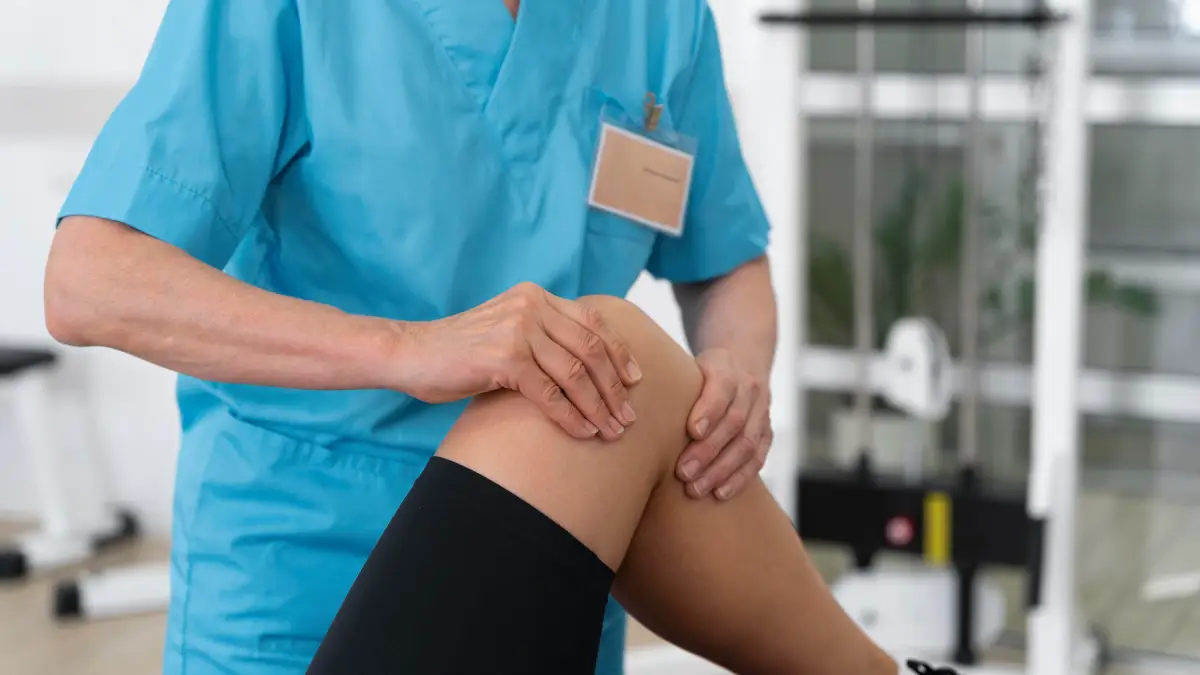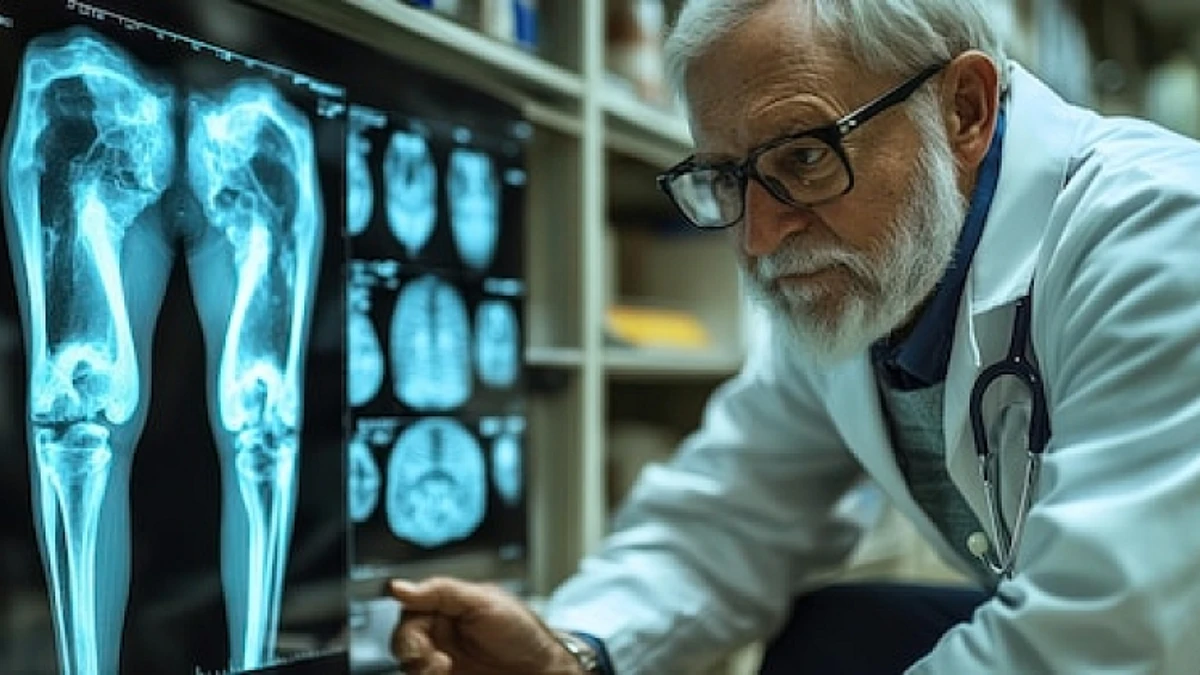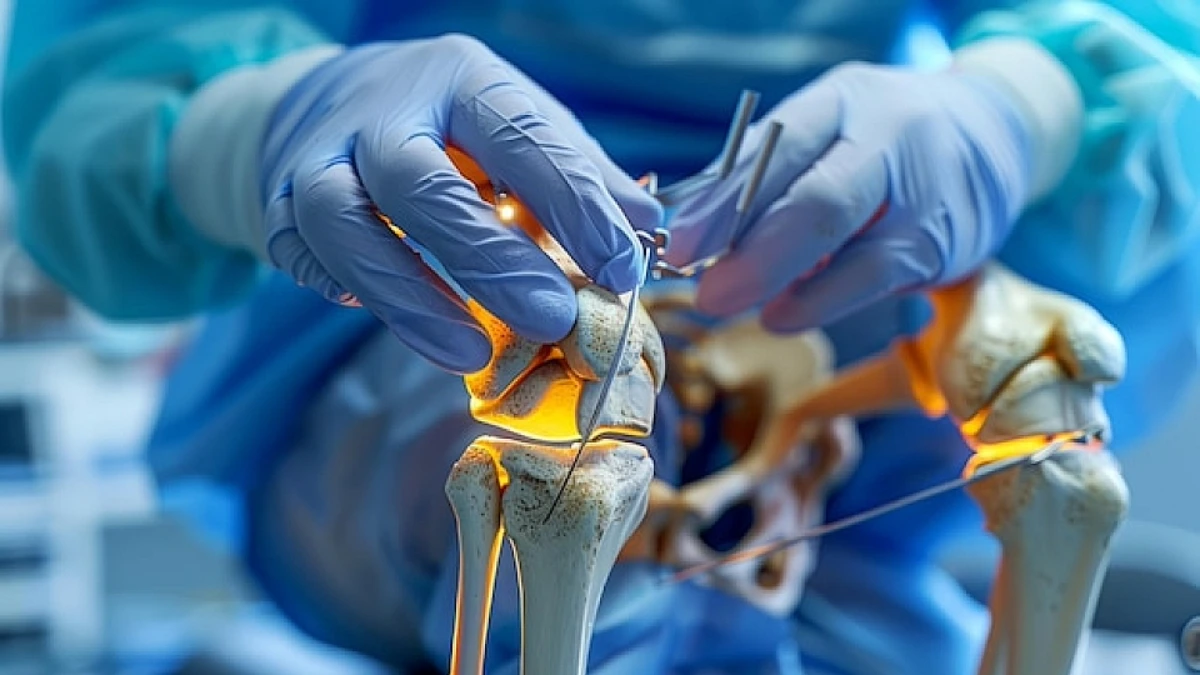Uterine fibroids are a common health challenge many women face, but understanding the various medical interventions can empower you to make informed decisions. Focused on uterine fibroid surgery, this article explores the latest treatment options and advancements in fibroid management.
Understanding Uterine Fibroid Surgery
Uterine fibroid surgery is a critical option for those suffering from significant fibroid symptoms that affect their quality of life. Such symptoms often include severe pelvic pain, heavy menstrual bleeding, and reproductive complications.
Types of Uterine Fibroid Surgery Surgical Procedures
- Hysterectomy: This involves the removal of the uterus and is generally recommended for women who have large fibroids, severe bleeding, and no desire to conceive in the future. The procedure can be performed through various techniques, with each having different implications for recovery and future health.
- Myomectomy: Contrarily, a myomectomy preserves the uterus while removing fibroids, making it suitable for women who wish to maintain their fertility. The surgical approach depends on the size and location of the fibroids and includes options like laparoscopic myomectomy, which uses small incisions for less pain and quicker recovery.
Minimally Invasive Options
- Laparoscopic Myomectomy: This is particularly beneficial for treating multiple fibroids located in accessible areas of the uterus. The procedure uses small incisions, resulting in less scarring and a faster return to daily activities.
- Hysteroscopic Resection of Fibroids: Ideal for fibroids that are located within the uterine cavity, this method uses a hysteroscope inserted through the vagina, avoiding abdominal cuts entirely.
Innovative Non-Surgical Treatments
For those looking for alternatives to surgery, there are promising non-surgical procedures that significantly reduce symptoms without the need for incisions.
- Uterine Artery Embolization (UAE): A radiologist performs UAE by blocking the blood vessels that supply the fibroids, leading to their shrinkage and symptom relief.
- MRI-guided Focused Ultrasound: This state-of-the-art treatment uses high-frequency sound waves to heat and destroy fibroids under real-time MRI guidance, preserving the uterus and requiring no incisions.
Uterine Fibroid Surgery Treatment Costs
The fibroid surgery cost varies based on the type of surgery, the technology used, and additional hospital charges. It’s crucial to consult with healthcare providers to get a detailed understanding of the expenses involved.
Exploring New Treatments for Uterine Fibroids Without Surgery
Emerging treatments like the new treatment for fibroids without surgery offer less invasive options for patients. These include medication therapies such as GnRH agonists that shrink fibroids temporarily, making surgery easier or unnecessary.
Which Size of Fibroid is Dangerous?
Medical professionals typically recommend surgery when fibroids are large enough to cause symptoms or if located in areas that significantly impact fertility or organ function. Each patient’s situation is unique, hence a personalized consultation is crucial.
Selecting the Best Treatment for Fibroids
Determining the best treatment for fibroids depends on various factors including the size, location, and number of fibroids, the patient’s symptoms, age, and reproductive goals. A thorough evaluation by a gynaecologist specializing in fibroid treatment is essential.
Patient Testimonials
Hearing from others who have undergone fibroid treatments can provide insights and reassurance:
- “After my laparoscopic myomectomy, I experienced minimal discomfort and was back to work within a week.”
- “UAE changed my life. The heavy bleeding stopped, and I could enjoy daily activities without pain.”
Avicenna International Hospital
If you are exploring options for uterine fibroid surgery, consider Avicenna International Hospital. We are dedicated to providing personalized care tailored to each patient’s needs.
Contact Us Today to learn more about how we can help you manage your fibroid condition effectively.
Recovery varies by type of surgery: 2-4 weeks for laparoscopic myomectomy and up to 6 weeks for a hysterectomy.
Yes, especially after a myomectomy, fibroids can recur, making regular follow-up essential.
While specific prevention methods aren’t established, maintaining a healthy weight, managing blood pressure, and frequent check-ups may help.







